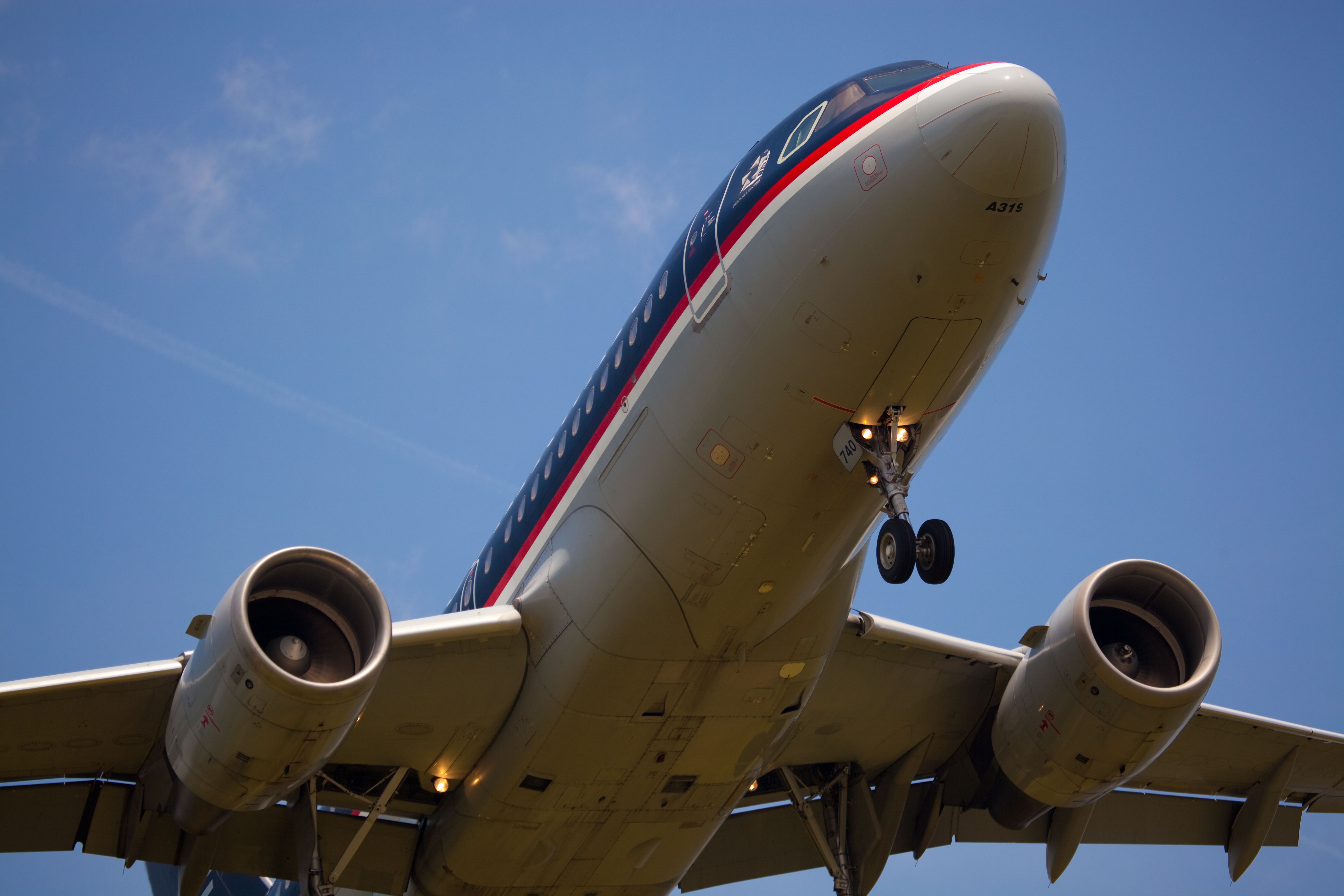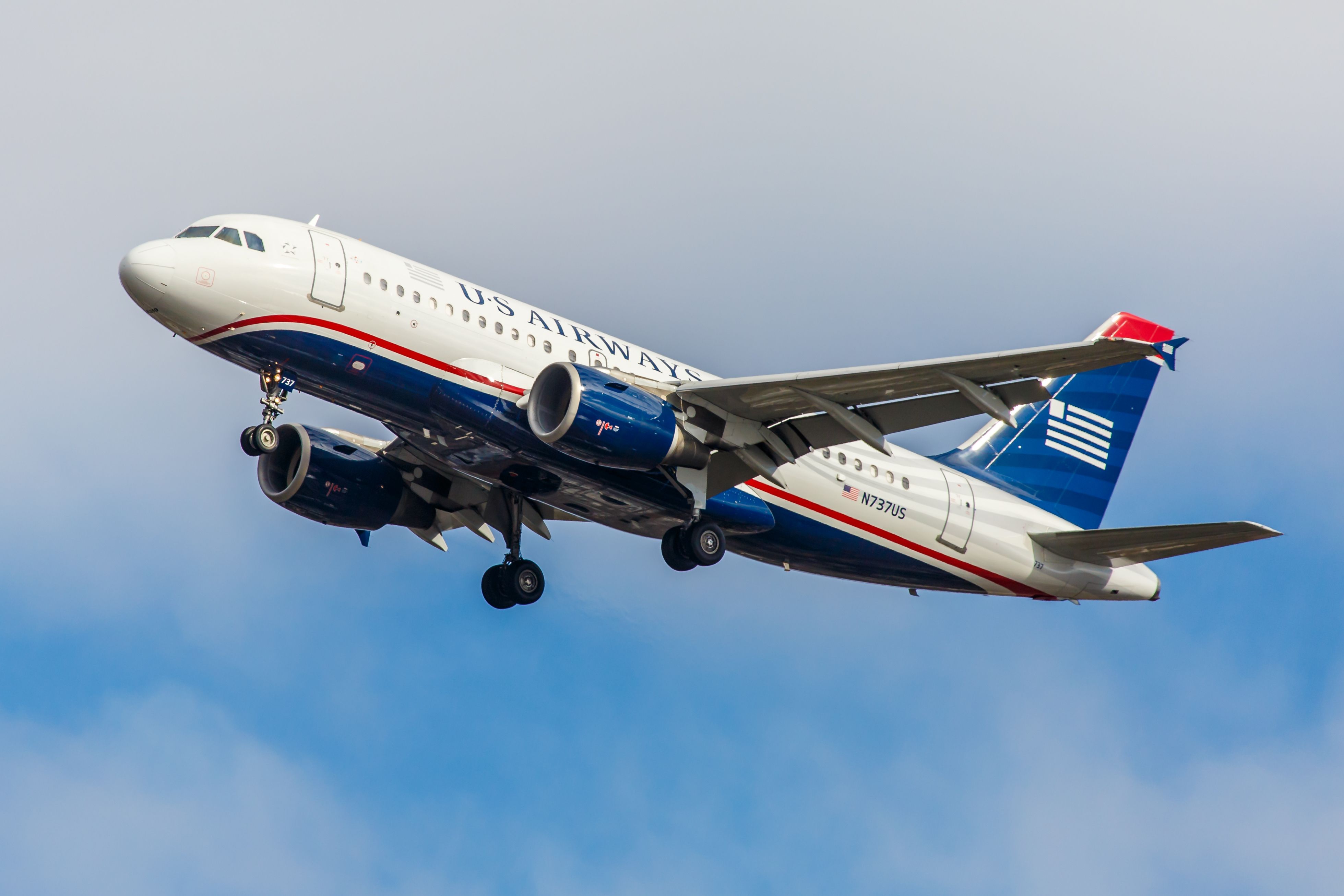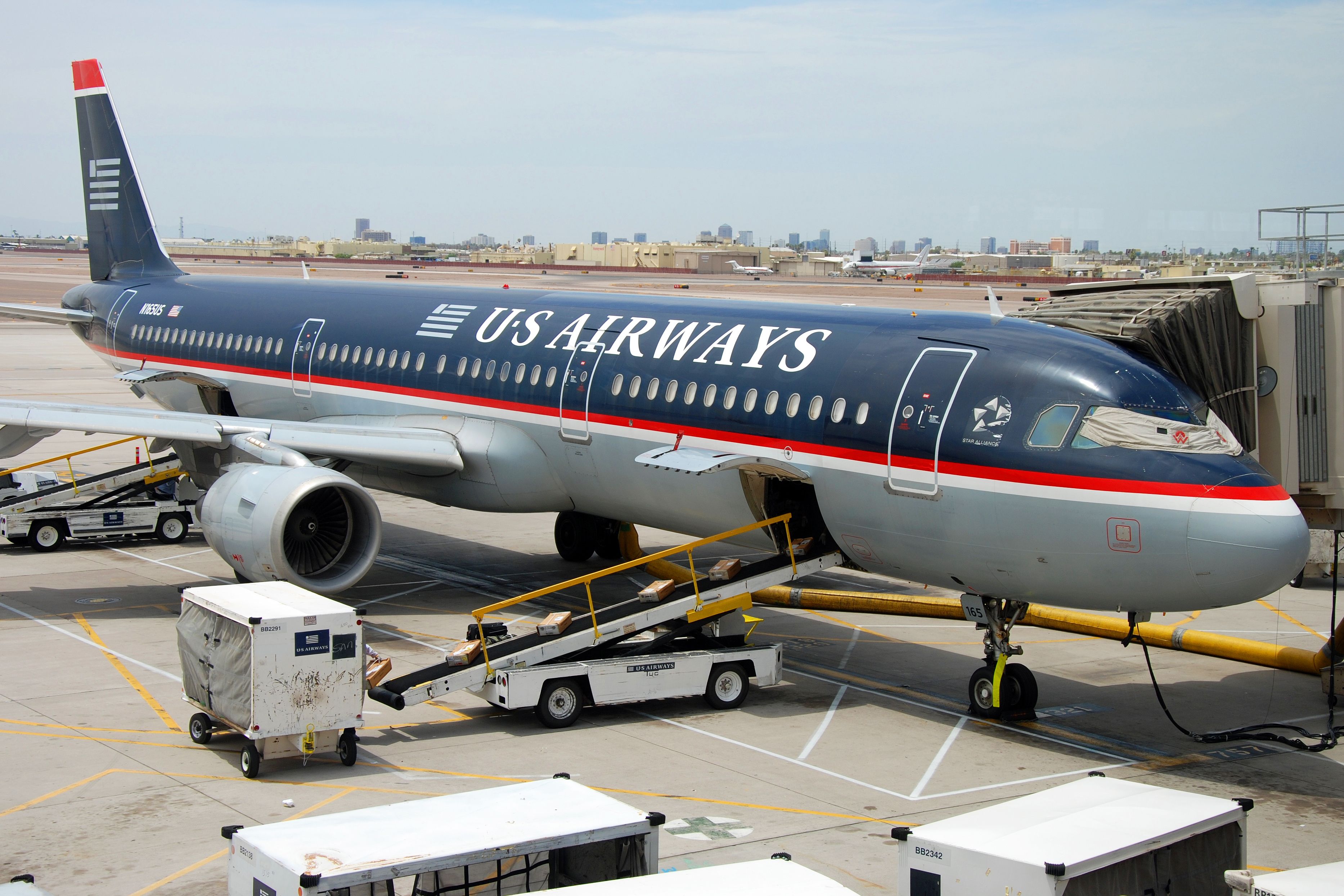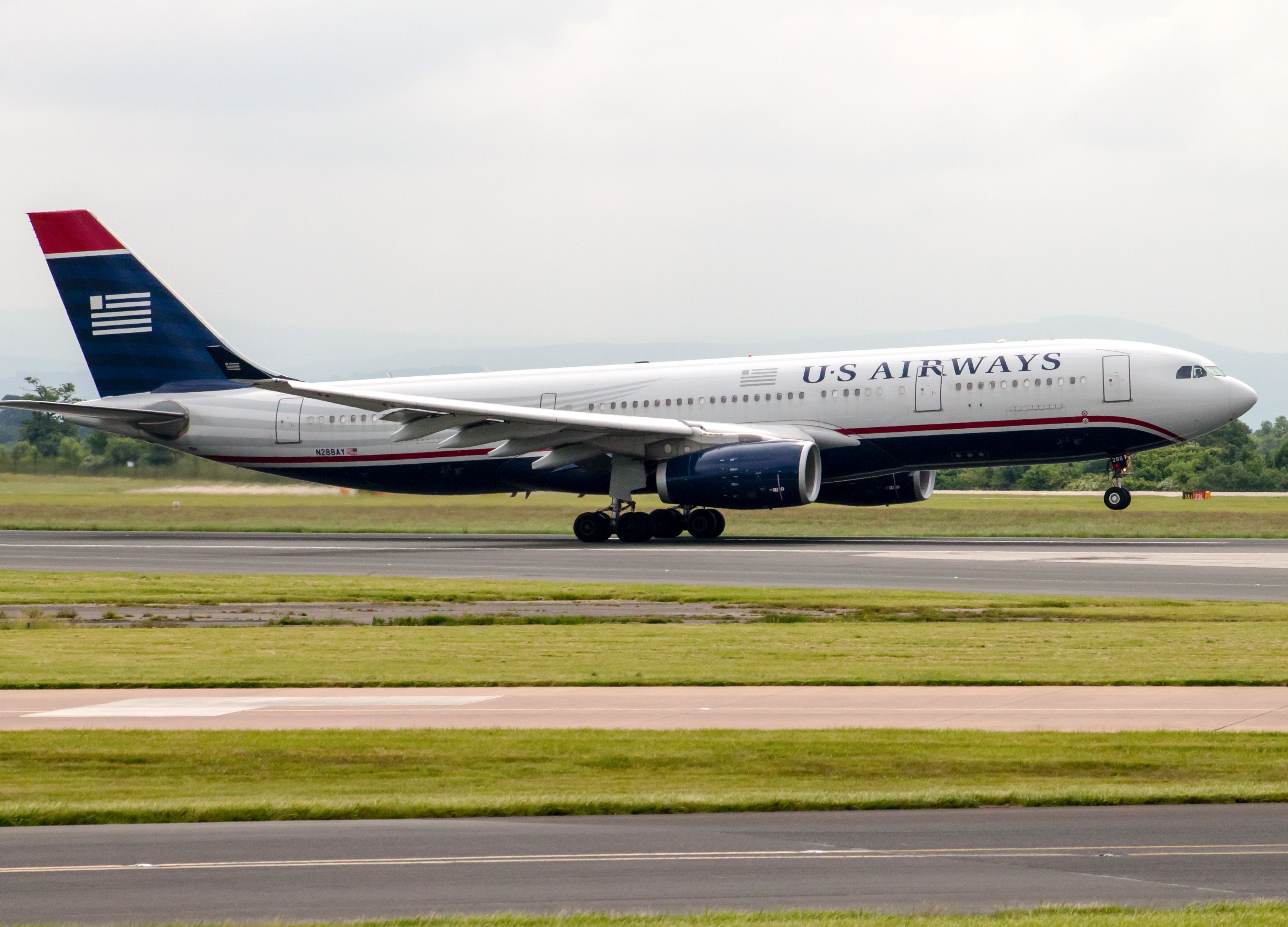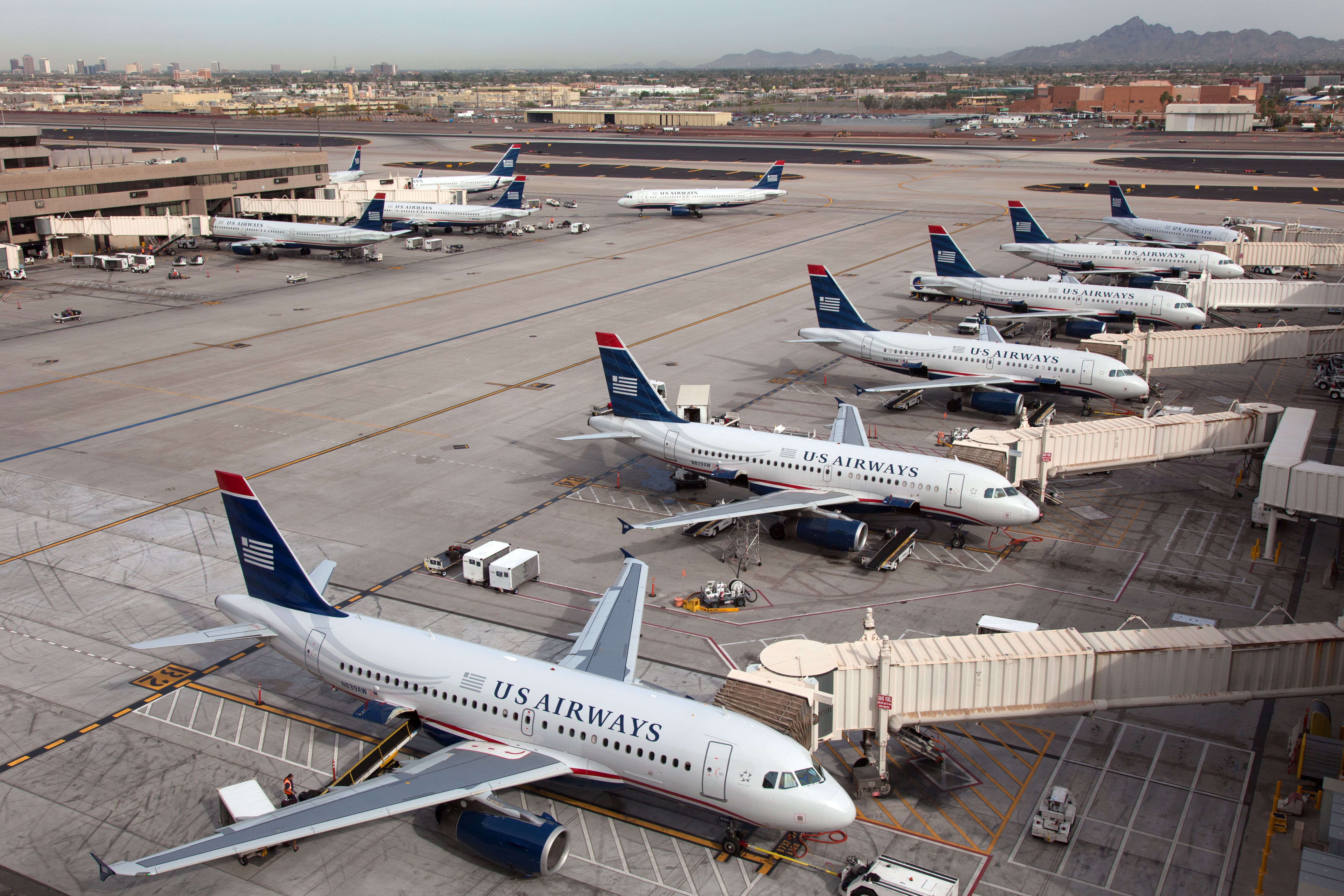Throughout its 76-year history, US Airways experienced the highs of worldwide expansion and the lows of significant economic challenges in the early 2000s. The carrier's story ended in 2015, when its merger with American Airlines was completed, forming the largest airline in the world. What were some of the airline's critical moments along the way?
The early days
US Airways began life in 1939 as All American Aviation, operating local airmail services for the Ohio River Valley District. Shortly after, it transformed into a commercial passenger airline known as All American Airways, and in 1953, it was renamed Allegheny Airlines. It flew passengers between various destinations across the northeast US, using Douglas DC-3 and Convair 580 aircraft.
Allegheny Airways took delivery of its first jet aircraft, the Douglas DC-9, in 1966, and over the coming years, the carrier grew to be one of the largest in the region. With a burgeoning network of routes, Allegheny Airways changed its name to USAir in 1979 to reflect its growth.
Significant expansion
USAir experienced a boom in the 1980s, firstly by becoming the launch customer for the Boeing 737-300 in 1984, and later by merging with Pacific Southwest Airlines in 1986 and with Piedmont Airlines in 1987. By 1989, the carrier had grown to be one of the largest in the world, operating upwards of 5,000 flights per day.
In the early 1990s, USAir began operating transatlantic services to London (LHR), Paris (CDG), and Frankfurt (FRA). A short-lived alliance with British Airways began in 1992 but ended four years later when the UK flag carrier announced plans to partner instead with American Airlines. Nevertheless, USAir continued to see a surge in profits due to low fuel prices and a buoyant market, and in 1997 changed its name once more to US Airways.
The beginning of the end
However, US Airways' good fortunes did not last forever. As a result of the downturn in air travel following 9/11, the airline faced significant economic woes and merged with America West Airlines in 2005 to ensure its survival. As a more recognizable brand worldwide, it was decided that the merged airlines would retain the name US Airways.
At the same time, American Airlines was facing similar difficulties, fueled by the 2008 financial crash. In February 2013, the struggling carriers announced plans to merge, forming the largest airline in the world. The merger was completed in December of the same year, and within two years, the Federal Aviation Administration (FAA) granted both carriers a single Air Operator Certificate (AOC). This led to the removal of the US Airways brand by October 2015.
Miracle on the Hudson - find out more about flight US1549, which landed on the Hudson River in 2009.
The end of an era
When ceasing operations in 2015, US Airways' fleet comprised 331 aircraft, including 90 Airbus A321s, 20 A330s, and 24 Boeing 757s. Most of its aircraft were transferred to American Airlines, including an order for 22 Airbus A350-900s, which was later canceled when the carrier opted for the Boeing 787 instead.
In October 2015, the final US Airways flight took to the skies from San Francisco (SFO) to the airline's main hub, Philadelphia (PHL). En route, it made stops at US Airways' other hubs of Phoenix (PHX) and Charlotte (CLT). The Airbus A321 operated as flight 1939, commemorating the year that All American Aviation began flying.
Get the latest aviation news straight to your inbox - sign up for our newsletters today.
Did you fly on US Airways? What memories do you have of the airline? Let us know by commenting below.

